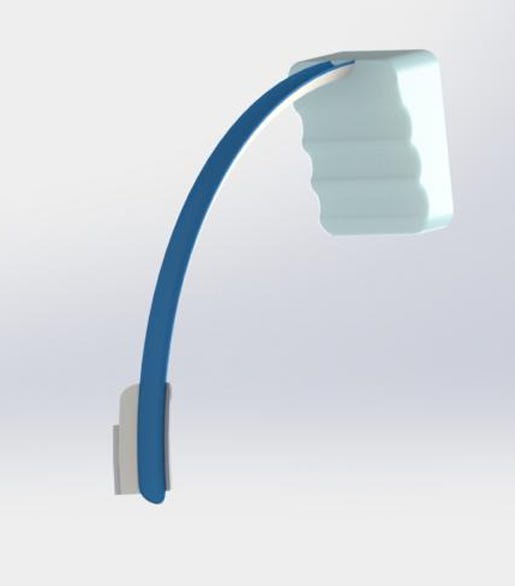September 9, 2015
Wickit

Name your device and explain how it works? The Wickit system pushes disposable medical devices into the 21st century. The Wickit device is intended to prevent Ventilator-Associated Pneumonia (VAP) in two ways: it releases antimicrobial silver ions which attack antibiotic resistant bacteria, and it passively removes bacteria-infested secretions caught above the cuff of the ETT - no separate suction system is necessary. Like most disposables, the device component can be manufactured inexpensively. What makes Wickit unique, is its software component. Using the Athena Health API, our software analyzes patient health records to identify high risk patients and notifies the appropriate ICU physician. When the barcode on the packaging is scanned, the software sets up a subsequent alert for device replacement through the Respiratory Therapist portal. Hospital administrators use their portal to view automatically tracked statistics related to device usage, including cost reduction and relevant trends such as time on mechanical ventilation and infection incidence. What problem in healthcare does the device solve? VAP is the most lethal hospital-acquired infection in the U.S. There are about 300,000 cases per year in the U.S., and each one costs hospitals almost $13,000 after reimbursement, equating to $3.8 billion per year. Previous devices intended to prevent VAP cost even more than VAP. It is also notoriously difficult to diagnose and track. Why should the device be commercialized? The Internet of Things is coming, and MedTech needs to get on board. Disposables have previously been ignored from a digital perspective because digital used to mean pricey. With Athena Health’s API, the data necessary to predict at-risk patients and track their recovery is now available to start-ups. Additionally, with the passing of the Affordable Care Act, hospital administrators are looking for cost-effective as well as efficacious solutions; they have to be able to see the impact of any new device purchased. The Wickit device tackles an important clinical problem in a cost-effective manner, and simultaneously generates the data that justifies its use. What inspired you to design this device? I’m a current Stanford Engineering grad student, with an undergrad degree in Product Design and Computer Science. Through my experience in the Biodesign program and my work as an EMT, I observed that much medical technology ignores the people who must use it. My Biodesign team identified VAP as a major clinical problem with significant complexities, partly because of the large number of stakeholders. I wanted to design a device that considered each of these individual stakeholders’ experiences with the disease, and how I could improve them Submitted By Natalie Stottler |
|
You May Also Like


